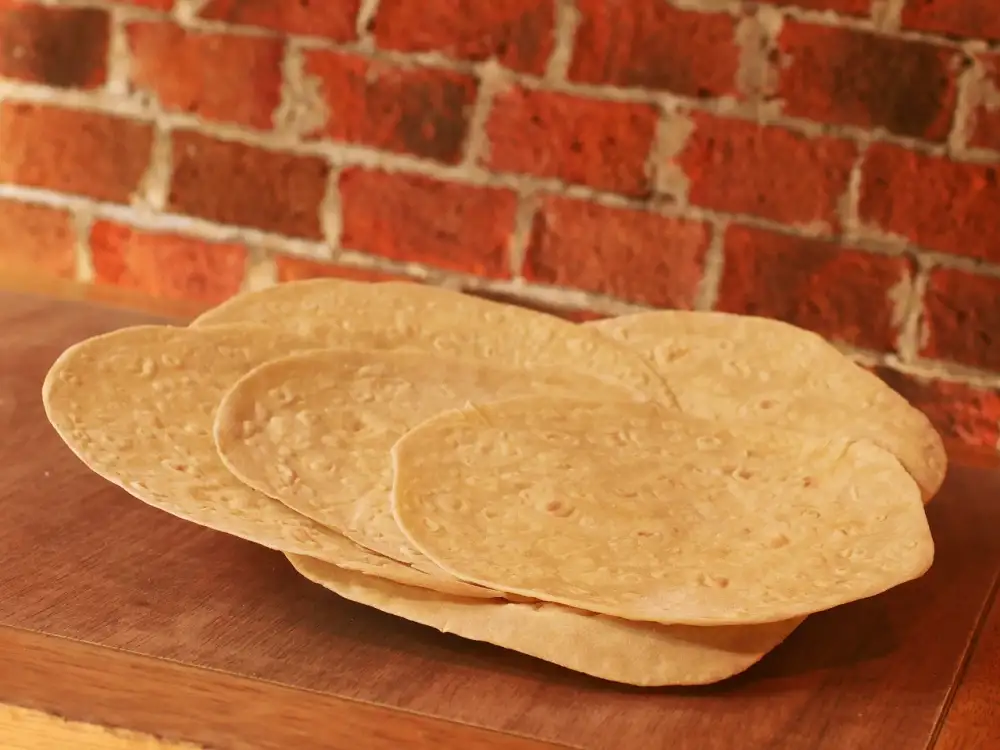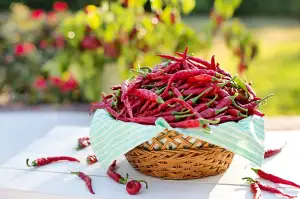Sizzling Fajitas: A Flavorful Fiesta on Your Plate!

Fajitas, a beloved Tex-Mex dish, are a sizzling sensation that tantalizes taste buds with their vibrant flavors and aromas. This iconic dish typically consists of grilled strips of marinated meat, such as beef or chicken, served with sautéed peppers and onions on a warm tortilla. The sizzle and steam that emerge when fajitas are brought to the table create an exciting dining experience that is both visually appealing and deliciously satisfying. Join us on a culinary journey as we explore the rich history, diverse ingredients, and mouthwatering variations of this popular dish.
Origin and History of Fajitas
Fajitas have a rich history that dates back to the ranching culture of West Texas in the early 1930s. Mexican cowboys, known as vaqueros, were given the less desirable cuts of beef, such as skirt steak, which they marinated and grilled over an open fire. The term "fajita" actually comes from the Spanish word "faja," which means belt or sash, referring to the cut of meat used for this dish. Over time, fajitas gained popularity in Mexican border states like Texas and eventually spread throughout the United States and beyond.
Ingredients Used in Fajitas
When it comes to making delicious fajitas, the key lies in the quality and combination of ingredients used. The essential components typically include marinated strips of beef, chicken, shrimp, or vegetables such as bell peppers, onions, and sometimes mushrooms. The marinade is crucial for infusing flavor into the protein of choice and often consists of a blend of lime juice, oil, garlic, chili powder, cumin, and other spices. Additionally, toppings like guacamole, salsa, sour cream, cheese, and fresh cilantro add layers of texture and taste to this beloved dish. The use of fresh ingredients is fundamental in creating the vibrant and mouthwatering flavors that define fajitas.
Cooking and Preparation of Fajitas
When it comes to cooking and preparing fajitas, the key lies in marinating the meat. Traditionally, skirt steak is marinated with a mix of lime juice, garlic, onions, and various spices for several hours to tenderize and infuse flavor. The marinated meat is then grilled over high heat to achieve a charred exterior while keeping the inside juicy. Vegetables like bell peppers and onions are also grilled alongside the meat. Once cooked, the meat is thinly sliced against the grain and served with the grilled vegetables on warm tortillas. This simple yet flavorful cooking method ensures that each bite of fajita bursts with smoky, tangy goodness.
Serving and Eating Fajitas
When serving fajitas, it's customary to present them sizzling hot on a cast-iron skillet. The aroma of the sizzling meat and vegetables is part of the experience. Accompaniments like warm tortillas, guacamole, sour cream, salsa, shredded cheese, and lime wedges are typically served alongside the fajitas. To eat fajitas, simply spoon some of the filling onto a warm tortilla, add your favorite toppings, fold it up like a taco or burrito, and enjoy the explosion of flavors with each bite. Eating fajitas is often a communal affair where everyone can customize their own wrap to suit their taste preferences.
Variations and Regional Adaptations of Fajitas
Variations and regional adaptations of fajitas have evolved over time, reflecting the diverse culinary influences across different regions. In Texas, beef fajitas are a popular choice, often marinated in lime juice and spices before grilling. In California, seafood fajitas with shrimp or fish are a common twist on the traditional dish. Vegetarian options using grilled vegetables or tofu have gained popularity in health-conscious regions. Some chefs experiment with fusion flavors, incorporating ingredients like pineapple or mango salsa for a tropical twist. These adaptations showcase the versatility of fajitas and how they can be customized to suit different tastes and preferences.
Health Benefits of Fajitas
Fajitas can be a nutritious choice when prepared with lean protein like chicken, shrimp, or tofu, and loaded with colorful vegetables. The peppers in fajitas are rich in vitamins A and C, promoting healthy skin and a strong immune system. Onions contain antioxidants that may reduce inflammation and improve heart health. Whole wheat tortillas provide fiber for digestive health. By grilling instead of frying the ingredients, you can cut down on excess oil and calories, making fajitas a well-rounded meal option.
In conclusion, fajitas are a beloved dish that offers a burst of flavors and textures in every bite. Whether you prefer chicken, beef, shrimp, or vegetable fajitas, there is a variation to suit every palate. The sizzling presentation adds to the overall experience, making it a favorite choice for gatherings and celebrations.
Here are two popular fajita recipes to try at home:
1. Classic Chicken Fajitas: Marinate chicken strips in lime juice, garlic, cumin, and chili powder. Sauté with bell peppers and onions until cooked through. Serve on warm tortillas with guacamole, salsa, and sour cream.
2. Spicy Shrimp Fajitas: Toss shrimp in a mix of paprika, cayenne pepper, and garlic powder. Cook with sliced bell peppers and onions until the shrimp turn pink. Fill tortillas with the shrimp mixture and top with avocado slices and fresh cilantro.
These recipes are sure to impress your family and friends at your next fiesta!
Published: 26. 03. 2024
Category: Food



